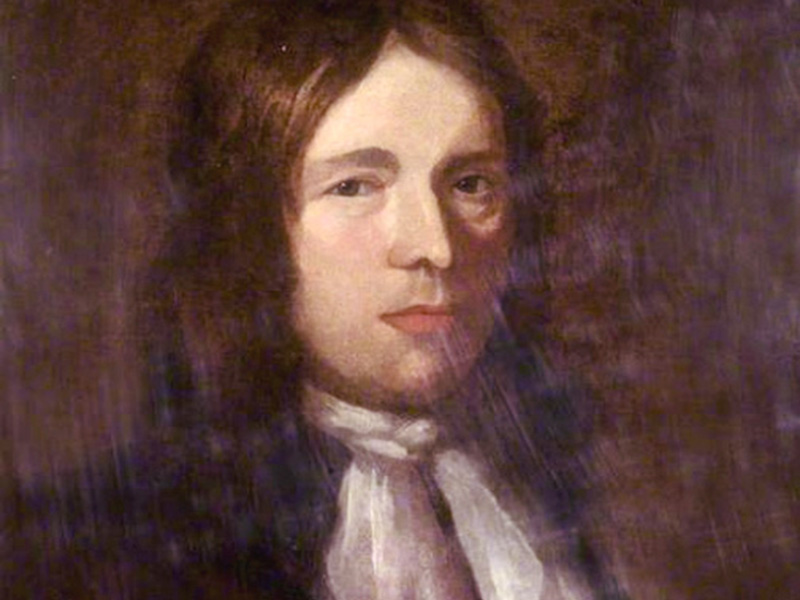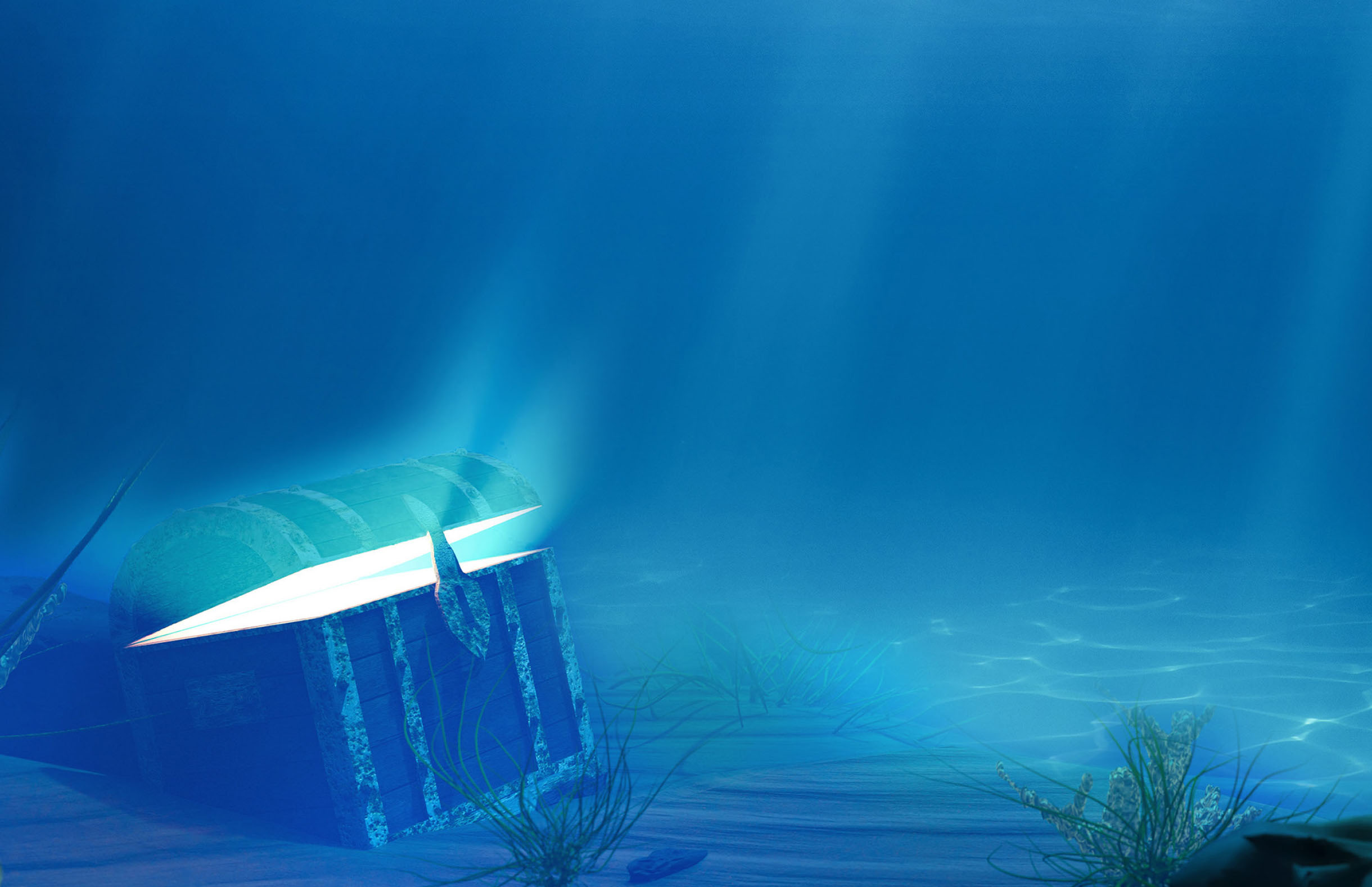
Henry Winstanley designed playing cards and lived miles from the sea. So he was not the most obvious person to build a lighthouse. But whereas others tried and gave up, Winstanley insisted it was perfectly possible and that he was the man to do it.
In 1696, he mustered carpenters and engineers and, with his plans rolled under his arm, sailed out to the Eddystone Rock to start work.
Ever since ships first set sail from England, the Eddystone Rock had been a menace to sailors. On a calm, sunny day, it looked like nothing more than a jag of rock jutting out of the sea for gulls to perch on. But in a fog, or when high waves hide it altogether, the Eddystone Rock could rip the keel out of ships, trawlers and yachts. It had drowned countless sailors, and their sunken ships were now crewed by conger eels and shoals of ghostwhite cod.
The task was quite hard enough
Working on a weed-slippery, wet rock, battered by wind and sea, trying to sink foundations deep enough to raise up a tower. As it was, there were pressgangs roaming the South Coast in search of able-bodied men to kidnap. When one such gang paid a visit to the Eddystone Rock, Winstanley’s workmen were coshed and bound and carried off to serve as seamen in the Royal Navy – leaving nothing but a scattering of tools and timber. Winstanley recruited fresh workers… but few men dared take the job.
During construction, Winstanley often chose to sleep on site rather than waste time coming ashore. One night, he and his builders were woken by the rhythmic splash of oars, the thud of a rowing boat pulling alongside the Rock. French troops, muskets at the ready, came scrambling over the moonlit reef, barking commands at the sleepy, bewildered English. For a few minutes it seemed as if the entire construction team would be murdered where they huddled.
Winstanley tried to reason with the soldiers: “Look, I know we’re at war, your country and mine. But you French need this lighthouse just as much as the English! Does the Rock sink only British ships? Does it drown only English seamen?”
Despite his protests, the builders were stripped naked and cast adrift in a rowing boat. But at least they stood on English soil next day. Winstanley found himself in a French prison. The Admiralty were furious. They arranged for an exchange of prisoners – and put Winstanley back to work building the Eddystone Light.
At last a core of stone was grafted on to the rock and on to that a wooden tower with a windowed chamber at the top holding a kind of three-tiered chandelier crammed with tallow candles. The night those candles were first lit, Winstanley’s face glowed almost as bright with pride. “It’ll never stand up!” people said. “It’ll fall down inside the week!” “I only hope,” Winstanley answered them, “that I may be in the lighthouse when weather tests its strength to the utmost.” November 1703 ended with filthy weather. On the 26th, a gale struck the South of England more ferocious than any recorded before or since. People woke with the impression that the world was coming to an end, and when they looked out of their windows, they were certain of it.
In London 700 boats and barges were ripped off their moorings and piled up in matchwood mountains against the bridges. The roofs were ripped off houses, whirling the contents into the sky, pelting those outdoors with furniture, bricks and tiles, cats and food and roofbeams. Churches collapsed as though built of biscuit crumbs. A flood tide swept up the river and swamped the City, washing over the ancient stone floors of Westminster Hall, setting afloat the bodies of those killed by the storm. Off the coast, three warships sank with 1,500 men aboard and 200 sailors were stranded and drowned on the Goodwin Sands.
The English countryside was left scarred by those two days of the Great Storm. Whole villages disappeared, whole woods were uprooted, barns folded flat. At least 8000 people died, though the chaos was so great that no one knows the true number.
In the parish of Littlebury, Essex, one house stood pretty much undamaged: the home of Henry Winstanley. A small silver model of the Eddystone Lighthouse fell off a table: that’s all. Winstanley was not home to see it, though. He was out on the Eddystone Rock, visiting his lighthouse, which had recently been increased in height to 37 metres.
On the morning of 28th November, the Great Storm subsided. When the people of Plymouth looked out to sea, they could see the horizon again, though the sea was still white with rollers. They looked towards the Eddystone Light, fully expecting to see planks ripped off, its tower askew, its lattice windows smashed. But they saw nothing. Not a trace. Every stone and plank and nail and candle of the Eddystone Lighthouse had disappeared, as if it had never existed. And with it had gone its creator.
Three more lighthouses followed – memorials to the determination and genius of lighthouse builders to save the lives of sailors. But of Winstanley himself, nothing remains but rumours whispered by conger eels and ghostwhite cod.

